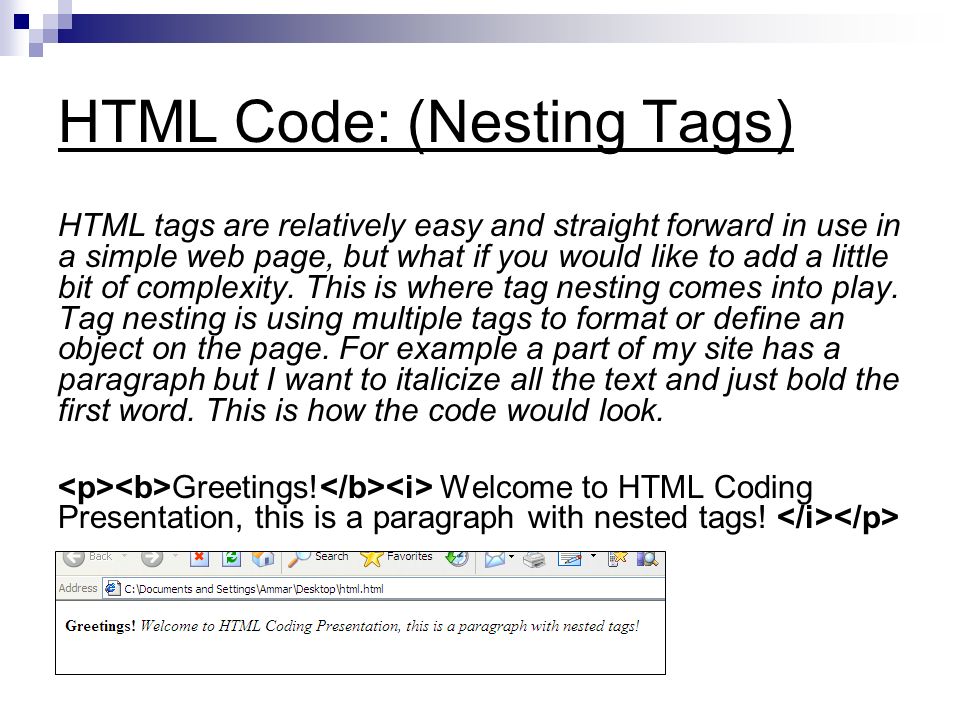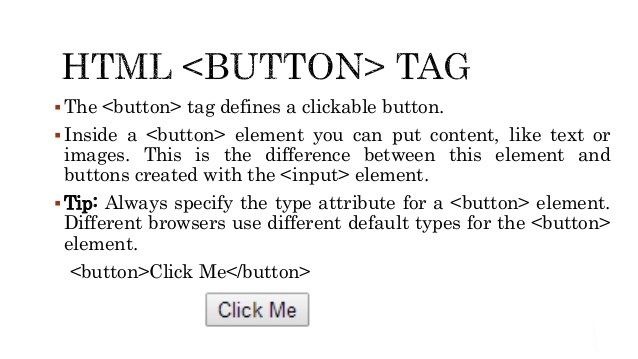Server-Sent Events allow a web page to get updates from a server.
Server-Sent Events – One Way Messaging
A server-sent event is when a web page automatically gets updates from a server.
This was also possible before, but the web page would have to ask if any updates were available. With server-sent events, the updates come automatically.
Examples: Facebook/Twitter updates, stock price updates, news feeds, sport results, etc.
Receive Server-Sent Event Notifications
The EventSource object is used to receive server-sent event notifications:
Example
var source = new EventSource("demo_sse.php");
source.onmessage = function(event) {
document.getElementById("result").innerHTML += event.data + "
";
};
Example explained:
- Create a new EventSource object, and specify the URL of the page sending the updates (in this example “demo_sse.php”)
- Each time an update is received, the onmessage event occurs
- When an onmessage event occurs, put the received data into the element with id=”result”
Check Server-Sent Events Support
In the tryit example above there were some extra lines of code to check browser support for server-sent events:
if(typeof(EventSource) !== "undefined") {
// Yes! Server-sent events support!
// Some code.....
} else {
// Sorry! No server-sent events support..
}
Server-Side Code Example
For the example above to work, you need a server capable of sending data updates (like PHP or ASP).
The server-side event stream syntax is simple. Set the “Content-Type” header to “text/event-stream”. Now you can start sending event streams.
Code in PHP (demo_sse.php):
Code in ASP (VB) (demo_sse.asp):
<% Response.ContentType = "text/event-stream" Response.Expires = -1 Response.Write("data: The server time is: " & now()) Response.Flush() %>
Code explained:
- Set the “Content-Type” header to “text/event-stream”
- Specify that the page should not cache
- Output the data to send (Always start with “data: “)
- Flush the output data back to the web page
The EventSource Object
In the examples above we used the onmessage event to get messages. But other events are also available:
| Events | Description |
|---|---|
| onopen | When a connection to the server is opened |
| onmessage | When a message is received |
| onerror | When an error occurs |







Leave A Comment